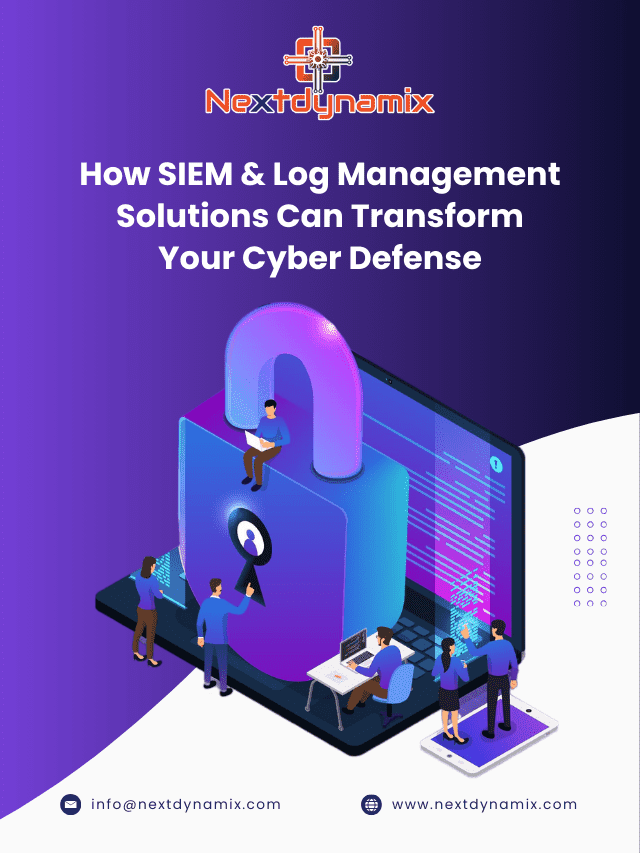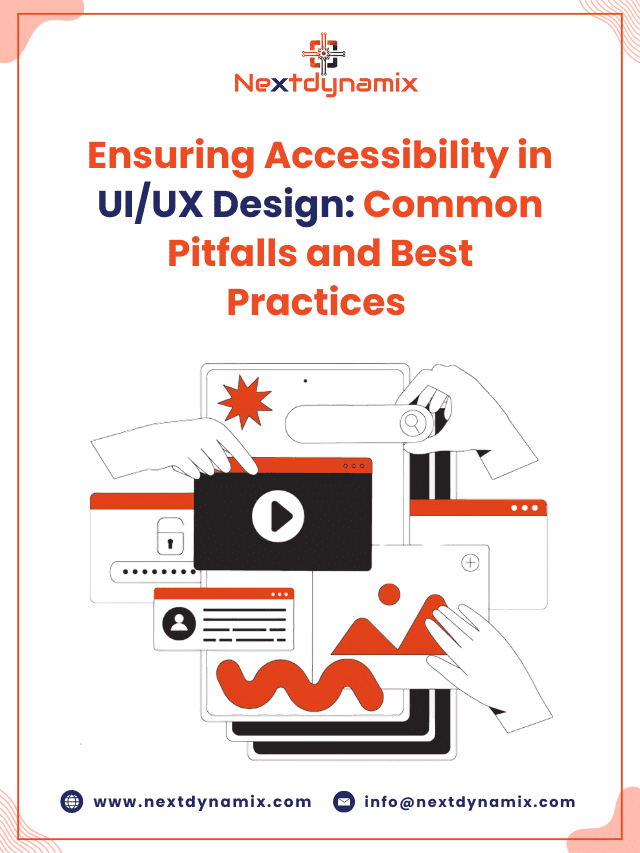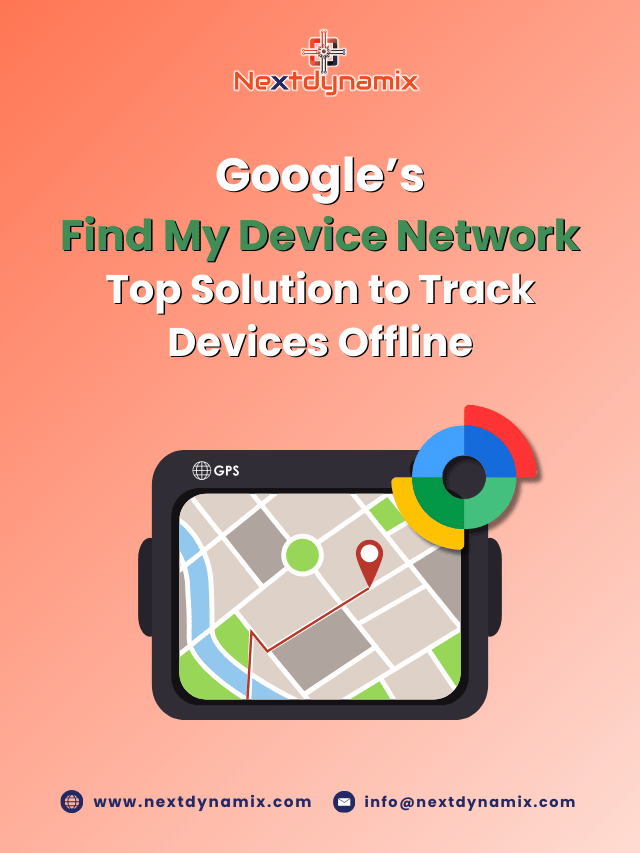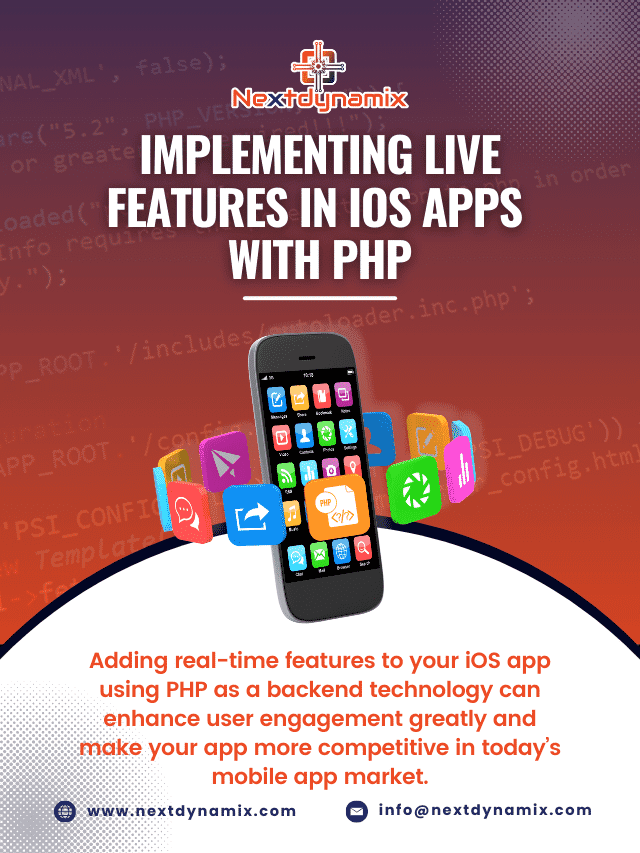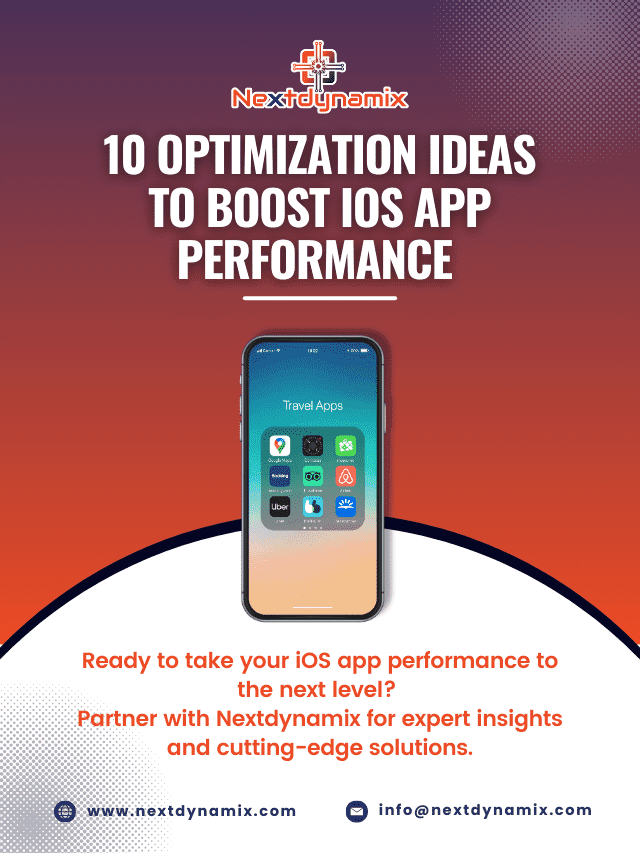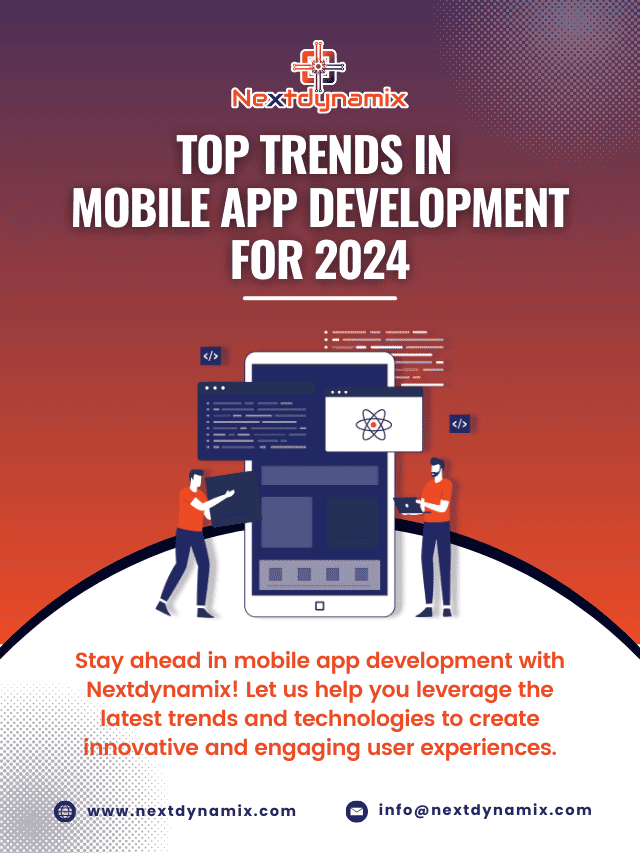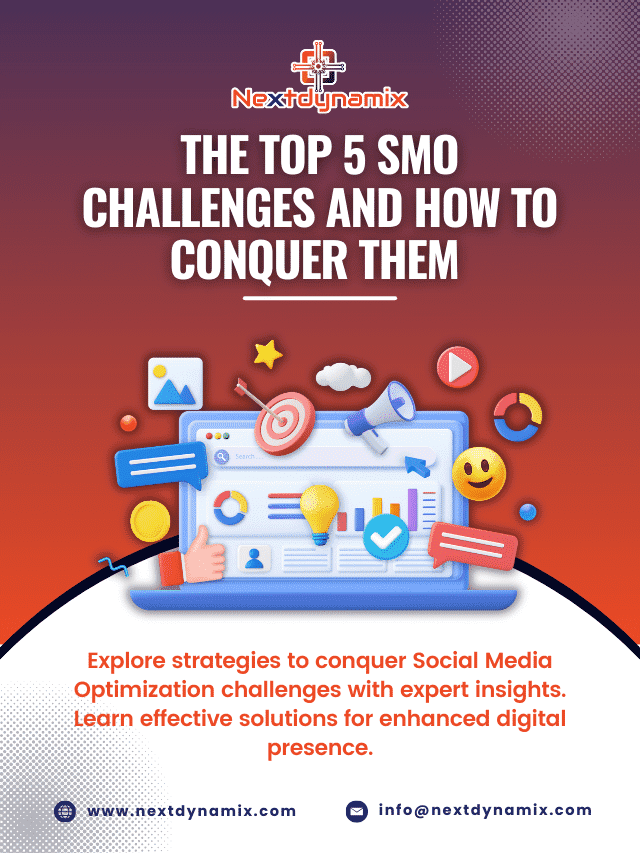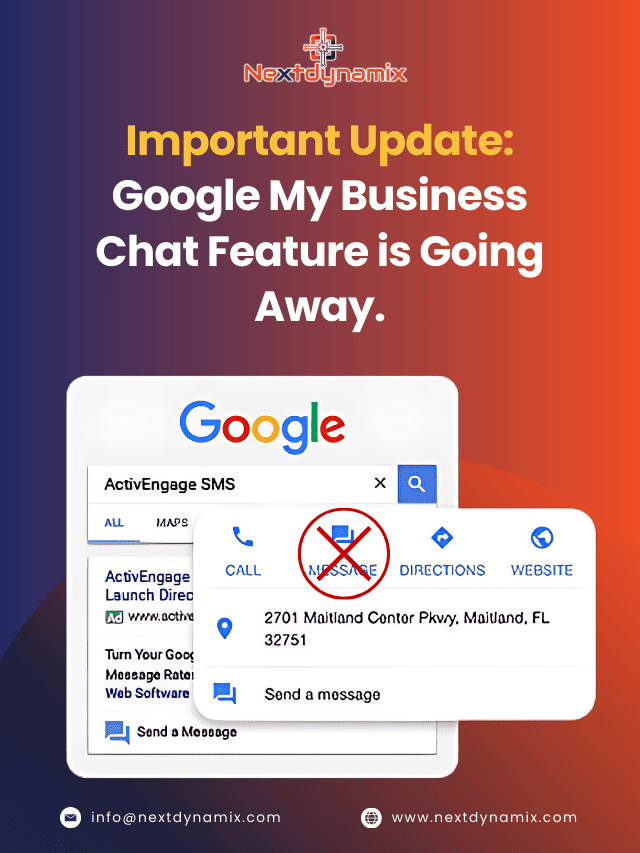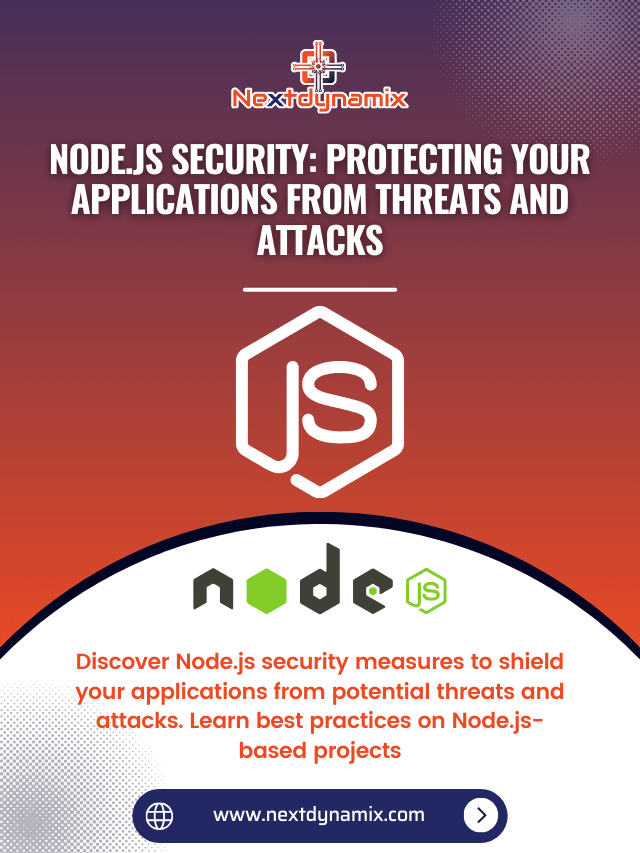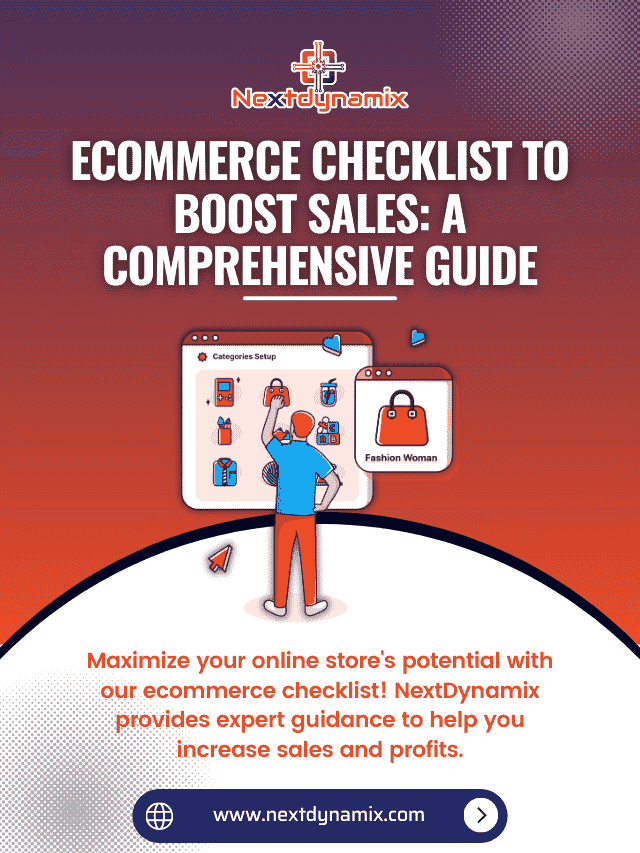How to Implement Effective Data Loss Prevention Solutions for You and Your Company
Safeguarding sensitive information is paramount for businesses of all sizes. Data breaches and cyber threats are increasingly sophisticated, making Data Loss Prevention (DLP) a critical component of any comprehensive cybersecurity strategy. In this article, we will explore the importance of Data Loss Prevention solutions, the steps to implement them effectively, and how to choose the right DLP services for your company.
What is Data Loss Prevention (DLP)?
Data Loss Prevention (DLP) refers to the strategies, processes, and tools designed to detect and prevent unauthorized access, use, disclosure, or theft of sensitive information. DLP solutions help organizations protect their data from breaches and leaks by monitoring, detecting, and blocking potential threats.
The Importance of Data Loss Prevention

Implementing effective Data Loss Prevention solutions is crucial for several reasons:
- Protecting Sensitive Data: DLP solutions ensure that confidential information such as customer data, financial records, and intellectual property is protected from unauthorized access and breaches.
- Compliance: Many industries are subject to strict regulations regarding data protection. Implementing DLP services helps organizations comply with laws and avoid costly fines.
- Reputation Management: A data breach can severely damage a company’s reputation. Effective DLP solutions help maintain customer trust and protect the company’s brand.
- Preventing Financial Losses: Data breaches can result in significant financial losses due to legal fees, fines, and loss of business. DLP services help mitigate these risks.
Key Components of Data Loss Prevention Solutions

Effective Data Loss Prevention solutions typically include the following components:
- Data Discovery and Classification: Identifying and categorizing sensitive data to ensure it is adequately protected.
- Data Encryption: Using data encryption to secure sensitive information both in transit and at rest.
- Access Controls: Implementing strict access controls to ensure that only authorized personnel can access sensitive data.
- Monitoring and Reporting: Continuously monitoring data access and usage to detect and respond to potential threats in real-time.
- Endpoint Protection: Securing endpoints such as laptops, mobile devices, and servers to prevent data leakage.
- Policy Enforcement: Enforcing data protection policies to ensure compliance with regulatory requirements.
Steps to Implement Effective Data Loss Prevention Solutions

Implementing a successful Data Loss Prevention solution requires a systematic approach. Here are the steps to follow:
-
Assess Your Data Protection Needs
Begin by assessing your organization’s data protection needs. Identify the types of sensitive data you handle, the potential risks, and the regulatory requirements you must comply with. This assessment will help you determine the scope of your DLP solution.
-
Choose the Right DLP Solution
Selecting the right DLP solution is critical. Consider the following factors when choosing a DLP service:
- Comprehensive Coverage: Ensure the DLP solution covers all potential data leakage points, including endpoints, networks, and cloud environments.
- Scalability: Choose a solution that can scale with your organization’s growth and evolving needs.
- Ease of Implementation: Opt for a solution that is easy to deploy and integrate with your existing systems.
- Customization: Look for a solution that allows you to customize policies and controls to meet your specific requirements.
- Support and Training: Ensure the provider offers robust support and training to help your team effectively manage the DLP solution.
-
Develop and Enforce Data Protection Policies
Create comprehensive data protection policies that outline how sensitive data should be handled, accessed, and stored. Ensure that these policies are communicated to all employees and enforce compliance through regular training and audits.
-
Implement Data Encryption
Data encryption is a critical component of any DLP solution. Encrypt sensitive data both in transit and at rest to ensure it is protected from unauthorized access. Implement encryption protocols that meet industry standards and best practices.
-
Monitor Data Access and Usage
Continuously monitor data access and usage to detect and respond to potential threats. Use advanced analytics and reporting tools to gain insights into data access patterns and identify any anomalies that may indicate a breach.
-
Secure Endpoints
Endpoints such as laptops, mobile devices, and servers are common targets for data breaches. Implement endpoint protection measures, such as antivirus software, firewalls, and access controls, to secure these devices and prevent data leakage.
-
Train Employees
Human error is a significant factor in data breaches. Provide regular training to employees on data protection best practices and the importance of adhering to data protection policies. Ensure that employees understand their role in protecting sensitive information.
-
Regularly Review and Update Policies
Data protection is an ongoing process. Regularly review and update your data protection policies and DLP solution to address new threats and evolving regulatory requirements. Conduct regular audits to ensure compliance and identify areas for improvement.
Benefits of Implementing DLP Solutions

Implementing effective Data Loss Prevention solutions offers numerous benefits, including:
- Enhanced Data Security: Protect sensitive data from unauthorized access, breaches, and leaks.
- Regulatory Compliance: Ensure compliance with industry regulations and avoid costly fines.
- Improved Reputation: Maintain customer trust and protect your company’s brand.
- Financial Savings: Reduce the risk of financial losses due to data breaches and legal fees.
- Increased Efficiency: Streamline data protection processes and improve overall operational efficiency.
Challenges in Implementing DLP Solutions

While Data Loss Prevention solutions offer significant benefits, there are also challenges to consider:
- Complexity: Implementing a comprehensive DLP solution can be complex and time-consuming.
- Cost: DLP solutions can be expensive, especially for small and medium-sized businesses.
- False Positives: DLP solutions may generate false positives, leading to unnecessary alerts and potential disruptions.
- User Resistance: Employees may resist changes to data protection policies and procedures, requiring additional training and communication.
Choosing the Right DLP Service Provider

Selecting the right DLP service provider is crucial for the success of your data protection strategy. Here are some tips to help you choose the right provider:
- Experience and Expertise: Look for a provider with a proven track record and expertise in implementing DLP solutions.
- Comprehensive Solutions: Ensure the provider offers a comprehensive suite of DLP services that meet your specific needs.
- Customer Support: Choose a provider that offers robust customer support and training to help you effectively manage your DLP solution.
- Scalability: Ensure the provider’s solutions can scale with your organization’s growth and evolving needs.
- Cost-Effectiveness: Compare pricing and features to find a provider that offers the best value for your investment.
Nextdynamix Data Loss Prevention Services

At Nextdynamix, we offer comprehensive Data Loss Prevention services designed to protect your organization’s sensitive data from breaches and leaks. Our DLP solutions include:
- Data Discovery and Classification: Identify and classify sensitive data to ensure it is adequately protected.
- Data Encryption: Implement pro data encryption to secure sensitive information both in transit and at rest.
- Access Controls: Enforce strict access controls to prevent unauthorized access to sensitive data.
- Monitoring and Reporting: Continuously monitor data access and usage to detect and respond to potential threats.
- Endpoint Protection: Secure endpoints such as laptops, mobile devices, and servers to prevent data leakage.
- Policy Enforcement: Develop and enforce data protection policies to ensure compliance with regulatory requirements.
Conclusion
Implementing effective Data Loss Prevention solutions is essential for protecting your organization’s sensitive data from breaches and leaks. By following the steps outlined in this article and choosing the right DLP services, you can safeguard your data, ensure compliance with regulatory requirements, and protect your company’s reputation. At Nextdynamix, we are committed to providing comprehensive DLP solutions that meet your specific needs and help you achieve your data protection goals.
Protect your data, protect your business. Invest in Data Loss Prevention solutions today.
At Nextdynamix, We Have Pros and Peers for More Insights!
Connect with our professional web and app specialists to achieve impeccable development and seamless execution. Allow us to comprehend your industry obstacles and deliver efficient solutions, unlocking your business potential.
Contact us today for further information
